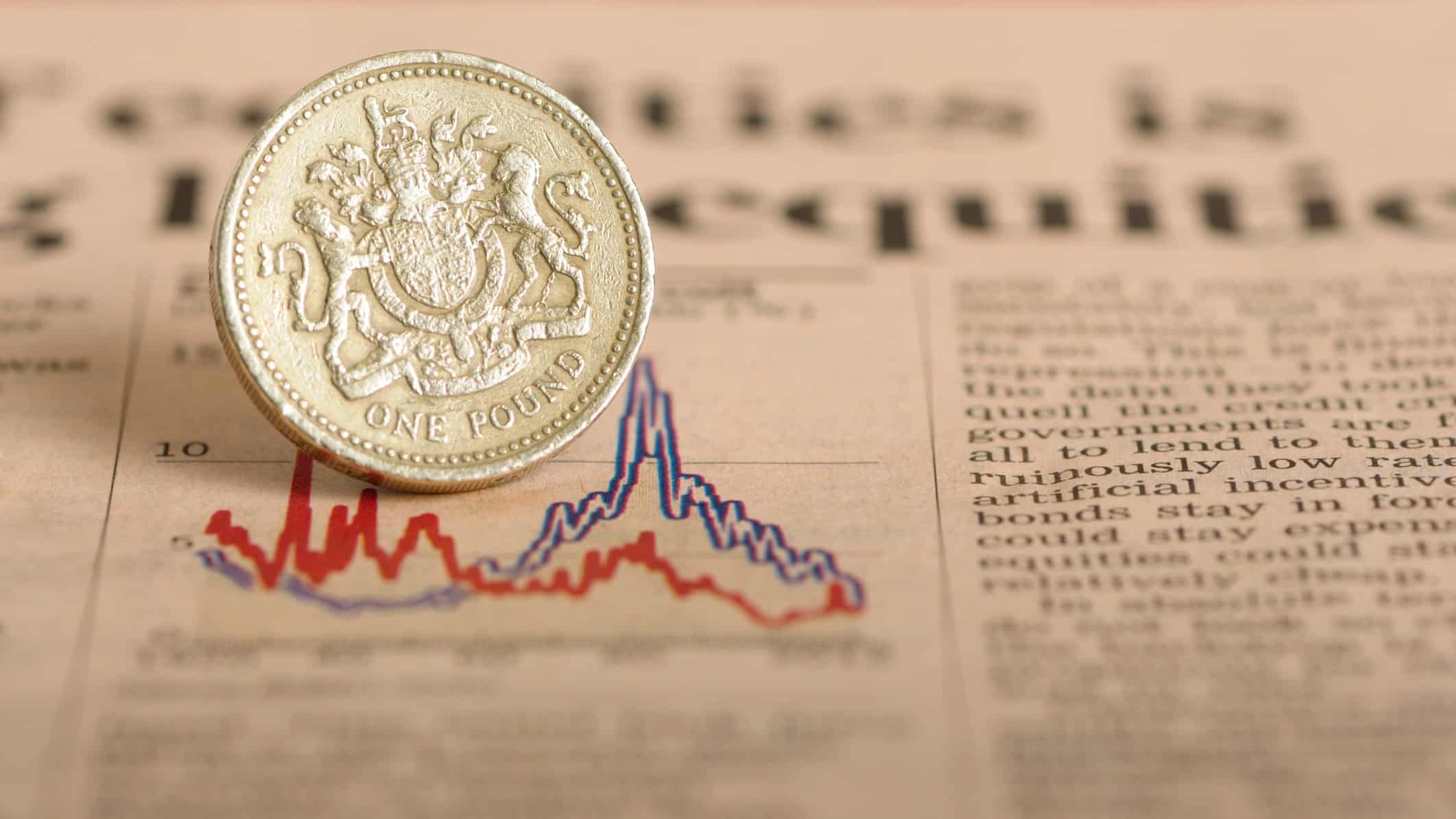£10,000 in savings? Here’s how I’d aim for £11,651 every year in passive income
Relatively small investments in high-yielding stocks can grow exponentially into significant passive income through the power of dividend compounding. The post £10,000 in savings? Here’s how I’d aim for £11,651 every year in passive income appeared first on The Motley Fool UK.


Passive income — making money with minimal daily effort — is about the closest thing I’ve yet found to free money. Consequently, I’m a big fan. And the most effective way of doing this, in my view, is by investing in high-dividend-paying shares.
The only real effort involved in this process is selecting the shares in the first place. And I do this based on three key checks.
The first is whether a stock generates a high yield. I prefer 8%+, as it compensates me for the additional risk of buying stocks rather than risk-free government bonds. But 7%+ will do, provided the company has other merits.
Of course, it’s pointless buying such a stock if share price losses then wipe out the dividend gains. So, my second check is to ascertain that the company looks undervalued against its peers.
And the final check is one geared to ensuring that the stock keeps paying me good dividends into the future.
To keep paying high dividends, a company needs to be generating income. And to do that, its core business needs to be strong, so I look for that too.
High-passive income portfolio
I think my current high-yielding passive income portfolio ticks all these boxes. It features British American Tobacco, Phoenix Group Holdings, M&G (LSE: MNG), Legal & General, and Aviva.
These yield 10.1%, 9.9%, 8.5%, 8.2%, and 7.2%, respectively, so the high-yield box is ticked.
Taking M&G as a case in point for the other criteria here, it also looks very undervalued against its competitors. A discounted cash flow analysis shows its shares to be around 45% undervalued at their current price of £2.30.
Therefore, a fair value would be around £4.18. This doesn’t necessarily mean that they’ll reach that price, but it does confirm to me that they’re very good value.
This indicates that there’s less chance of a major sustained price fall wiping out my dividend gains.
It’s not immune from risks, of course. One is a new global financial crisis. Another is its relatively high debt level.
To me though, both are mitigated somewhat by the fact that like many insurance and investment firms, it generates a lot of cash upfront in its business cycle. Its short-term assets (£34.3bn) also far outweigh its short-term liabilities (£13.1bn).
Further mitigating these risks, but highlighting a strong core business as well, is its forecast £2.5bn in operating capital generation by end-2024. This huge cash war chest will allow it further leeway in meeting its debt obligations.
It can also provide a powerful engine for further growth. Analysts’ expectations are for earnings and revenue to increase, respectively, by 37% and 110% a year to end-2026.
Maximising income by dividend compounding
The average payout on my five-stock high-yield portfolio is currently 8.8%. This can go up or down as dividend payouts and share prices change, of course.
So, a £10,000 investment in this portfolio would yield me £880 a year. If I withdrew the dividend payout each year from the investment pot, I would have £26,400 after 30 years.
Crucially however, if I reinvested the dividends back into the stocks instead — ‘dividend compounding’ – I would have £138,789 after 30 years.
This would pay me £11,651 a year in passive income, or £971 every month!
The post £10,000 in savings? Here’s how I’d aim for £11,651 every year in passive income appeared first on The Motley Fool UK.
Should you buy M&G now?
Don’t make any big decisions yet.
Because Mark Rogers — The Motley Fool UK’s Director of Investing — has revealed 5 Shares for the Future of Energy.
And he believes they could bring spectacular returns over the next decade.
Since the war in Ukraine, nations everywhere are scrambling for energy independence,
he says. Meanwhile, they’re hellbent on achieving net zero emissions.
No guarantees, but history shows…
When such enormous changes hit a big industry, informed investors can potentially get rich.
So, with his new report, Mark’s aiming to put more investors in this enviable position.
Click the button below to find out how you can get your hands on the full report now, and as a thank you for your interest, we’ll send you one of the five picks — absolutely free!
setButtonColorDefaults("#5FA85D", 'background', '#5FA85D'); setButtonColorDefaults("#43A24A", 'border-color', '#43A24A'); setButtonColorDefaults("#FFFFFF", 'color', '#FFFFFF'); })()
More reading
- 3 tempting high-yielding passive income stocks I like — but are they shrewd buys?
- 3 FTSE 100 stocks I want to buy for a £1,270 passive income!
- These 3 stocks pay me huge passive income. But is there a catch?
- Here’s how I try to find brilliant shares for my SIPP
- I’d target £1,600 in annual dividends from a Stocks and Shares ISA like this
Simon Watkins has positions in Aviva Plc, British American Tobacco P.l.c., Legal & General Group Plc, M&g Plc, and Phoenix Group Plc. The Motley Fool UK has recommended British American Tobacco P.l.c. and M&g Plc. Views expressed on the companies mentioned in this article are those of the writer and therefore may differ from the official recommendations we make in our subscription services such as Share Advisor, Hidden Winners and Pro. Here at The Motley Fool we believe that considering a diverse range of insights makes us better investors.
What's Your Reaction?





















































